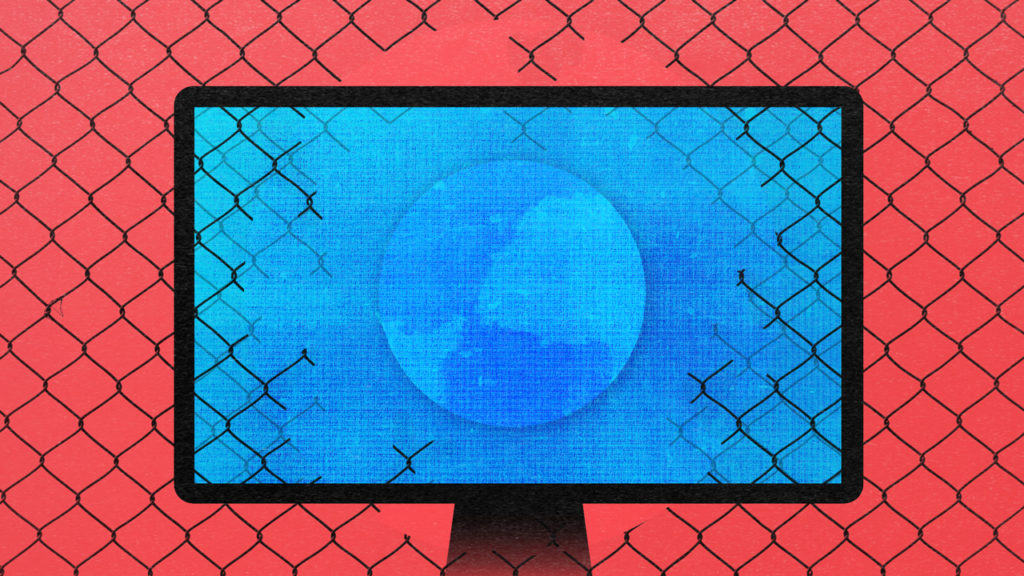Consumers spend more time on the open web than on Facebook, Instagram, YouTube and Amazon, according to a new report from OpenX and The Harris Pill entitled “The Open Web vs. The Walled Gardens.” OpenX defines “open web” as any online property, website or app not owned by a major technology company.
The data shows a clear disconnect between where brands spend ad dollars and where consumers spend their time—Facebook and Google account for nearly two-thirds of all digital ad spend despite consumers spending just one-third of the time on walled gardens.
Consumers are increasingly spending more time on the internet than on walled gardens, and the research shows this gap will continue to widen. Over a third (40 percent) of consumers say their open web usage increased in the last 12 months while over 30 percent say they use Facebook less today than they did a year ago. Thirty-one percent of consumers say their time spent on Facebook declined, followed by 25 percent who said the same about Instagram and 17 percent for YouTube.
The top reason consumers spent less time on Facebook, Instagram or Amazon is they felt there was a lack of relevant content whereas consumers who say they browsed the open web less attribute it to wanting to decrease time spent on their digital devices in general.
In addition to spending more time on the internet, how consumers use the internet is changing. Those who reported increased usage of the internet are curious and want to learn more compared to those on Facebook and Instagram who reported “zoning out and not paying attention.”
A majority of respondents (74 percent) trust news stories on the internet and apps more than ones on Facebook, Instagram or YouTube. Similarly, respondents reported having a negative sentiment toward Facebook—forty percent say the platform leaves them feeling unhappy, upset or unsatisfied, which is more than double those that say the same about the internet.
When looking to learn about businesses and more products to buy, 80 percent of consumers turn to the web whereas YouTube is the top choice when people are seeking how-to information. Facebook and Instagram lead when people are looking for information on friends and family.
Half (52 percent) of respondents said that an Amazon ad would lead to an immediate purchase followed by the open web (23 percent). In comparison, just 11 percent said a Facebook ad would make them buy something, followed by eight percent for Instagram and five percent on YouTube.
When given the choice, consumers would rather view ads than pay for content as 68 percent say they would likely not pay for the sites they currently use if all the sites and apps charged for access and were ad-free.
Findings are based on answers from an online survey distributed to 2,000 US consumers aged 18 and older, from January 6-14, 2020. The Harris Poll conducted the survey on behalf of OpenX.

